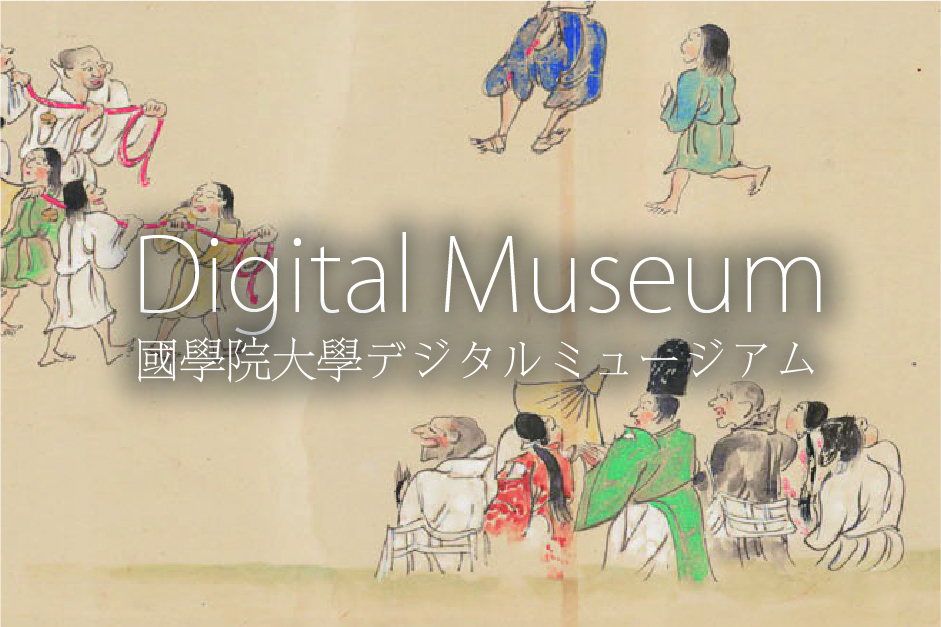- トップ
- Encyclopedia of Shinto
- Hayarigami Shinkō
Encyclopedia of Shinto
| Main Menu: | |
| Links: |
詳細表示 (Complete Article)
| カテゴリー1: | 6. Belief and Practice |
|---|---|
| カテゴリー2: | Folk Religion |
| Title | Hayarigami Shinkō |
| Text | The faddish worship of kami and buddhas that experience ephemeral popularity based on claims that they provide some concrete benefit or power. The term is sometimes written with characters meaning "momentary-flower-deity 時花神," indicating that the phenomenon springs up and blooms rapidly, but then withers and falls after a short-lived period of popularity. The earliest recorded mention of such a cultic phenomenon is found in the Nihongi's record of the third year of Emperor Kōgyoku's reign (644), namely the cult of Tokoyo no kami ("kami of the everlasting world") spread by an individual named Ōfube no Ō in the region of the Fuji River, Suruga Province (present-day Shizuoka Prefecture). Ōfube promoted the worship of a certain caterpillar described as green with black spots and resembling a silkworm, saying that it would bring rejuvenation and wealth. Folk thaumaturgies (fugeki) also joined in the cult, while followers danced, sang, and discarded their belongings. Ōfube no Ō, however, was captured and executed by the lord Kawakatsu, Hata no Miyatsuko, whereupon the cult quickly dissipated This can be considered a hayarigami cult that developed into a kind of religious movement. A similar kind of hayarigami phenomenon was seen in the Shidaragami episode of 945. Vengeful spirits (onryō; see goryō, goryō shinkō) and animal spirits thought to cause sickness and disaster have been worshiped as the focus of faddish popularity, and in some cases such cults have established roots and continued through time. Such cults of vengeful deities and deities that send violent apparitions (tatarigami) have been focused on famous individuals like Sugawara Michizane (enshrined as the deity Tenman Tenjin; see Tenjin shinkō), the rebel Taira no Masakado, or other leaders of uprisings, and the fox spirit Inari. Other foci of such cults have included Ebisu, Daikoku and other deities of good fortune (see fukujin shinkō), together with the Bodhisattva Jizō, and individuals who left posthumous vows to become healing deities after experiencing debilitating or mortal illnesses. It is thought that some kind of religious practitioner must be complicit in order for a hayarigami cult to flourish. Such individuals may include holy men (hijiri), female mediums (miko), or other folk-religious practitioners (gyōja), together with the priests of so-called Buddhist "intercessory temples" (kitōji) that subsist not on a body of established parishioners, but from the income received from the performance of intercessory prayers (kitō). From the Meiji period on, certain martial deities (gunshin) were enshrined by the state as objects of worship, but such worship ceased after Japan's defeat in World War II, with the result that such cults might in a broad sense also be said to have possessed the function of hayarigami. The most crucial element in the success of a hayarigami is the promise of immediate miraculous blessings. When such benefits are no longer forthcoming, the cult quickly dies out and is forgotten, although dying cults have been revived in some cases when new blessings were reported. Most of the miraculous blessings claimed for such cults reflect the various common desires of the populace, including healing of disease, success in business, and wealth, with the result that one can interpret such hayarigami cults as being the projection of the multifarious desires and anxieties of their believers. — Kawamura Kunimitsu |






